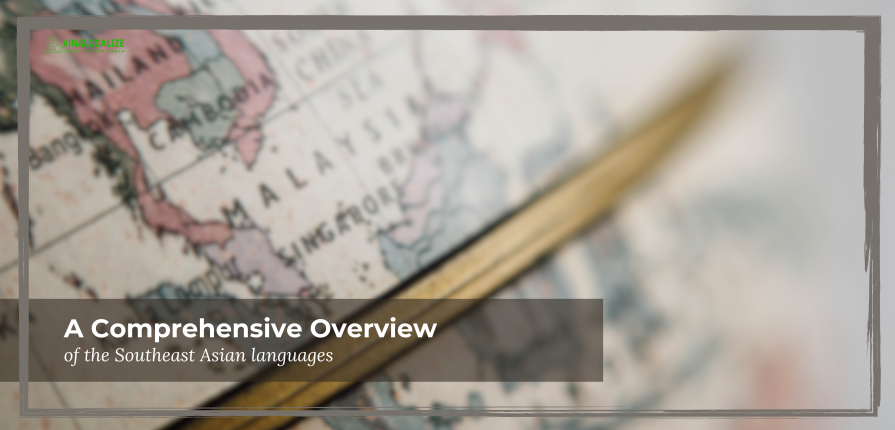In this comprehensive overview, we delve into the fascinating world of Southeast Asian languages. We will explore their origins, key characteristics, as well as cultural influences.
Various languages contribute to Southeast Asia’s lively linguistic landscape, each bearing its own historical and cultural significance. From the Malay Peninsula to the archipelago of Indonesia, and the mainland nations of Vietnam, Cambodia, Laos, and Myanmar, Southeast Asia boasts a rich linguistic mosaic.
Southeast Asian languages – The diversity
Southeast Asia stands as a linguistic treasure trove. It is home to a staggering array of languages that belong to different language families. The presence of major language families, including Austroasiatic, Austronesian, Tai-Kadai, Hmong-Mien, as well as the Sino-Tibetan languages characterize the region. This linguistic diversity is a testament to the complex historical interactions and cultural exchanges that have shaped the region.
Different Language Families across Southeast Asian languages
Austroasiatic Languages
Khmer (Cambodian): Spoken predominantly in Cambodia, Khmer is the official language known for its unique script as well as a complex system of politeness levels.
Vietnamese: A tonal language intricately weaves into the rich cultural heritage of the country, serving as the country’s official language.
Austronesian Languages
Indonesian and Malay: Bahasa Indonesia and Bahasa Malaysia, variants of the Malay language, are the common languages across the Indonesian archipelago and Malaysia.
Tagalog: The basis of the Filipino national language, Tagalog is spoken in the Philippines, where numerous regional languages also thrive.
Tai-Kadai Languages Thai: The official language of Thailand. Thai is a tonal language famous for its complex script as well as distinct linguistic features.

Hmong-Mien Languages
Hmong (Miao): Spoken by the Hmong people across Southeast Asia, including parts of China, Vietnam, Laos, and Thailand, Hmong is a unique language with various dialects. Furthermore, the diverse dialectical variations within the Hmong language reflect the rich cultural tapestry and geographical spread of the Hmong communities in the region.
Sino-Tibetan Languages
Burmese: The official language of Myanmar, Burmese has a distinctive script and is spoken by the majority of the country’s population.
Cultural Influences on Southeast Asian Languages
The rich cultural tapestry of the Southeast Asia region associates closely with its languages. Cultural influences, including trade, migration, and historical interactions, have consequently left indelible marks on the languages spoken across Southeast Asia. For example, writing scripts such as Khmer and Burmese reflect the historical influence of Indian civilization. These scripts adapt many elements from the Indic script.
Challenges and Preservation Efforts
While Southeast Asian languages contribute to the region’s cultural richness, many face challenges such as language endangerment and the influence of dominant global languages. Efforts to preserve and revitalize these languages include educational initiatives and community-driven language projects. In addition, there are government policies aimed at safeguarding linguistic diversity.
Impact of Globalization
In the era of globalization, Southeast Asian languages are not only facing internal challenges but also external pressures from dominant global languages. English, in particular, has become a lingua franca in many parts of the region, impacting language use in education, business, and technology.
Conclusion
The languages of Southeast Asia form a fascinating linguistic kaleidoscope, thus reflecting the region’s intricate history and cultural diversity. As these languages continue to evolve and adapt to the modern world, their preservation remains crucial for maintaining the unique identity and heritage of Southeast Asian communities.
This overview offers just a glimpse into the intricate world of Southeast Asian languages. To explore further the linguistic richness that defines this dynamic region, stay tuned for updates from VINALOCALIZE.



